A note, placed in a bottle and thrown overboard on June 12, 1886 was found near Wedge Island, WA on January 21, 2018.
The note was out of human hands for 131 years and 223 days.
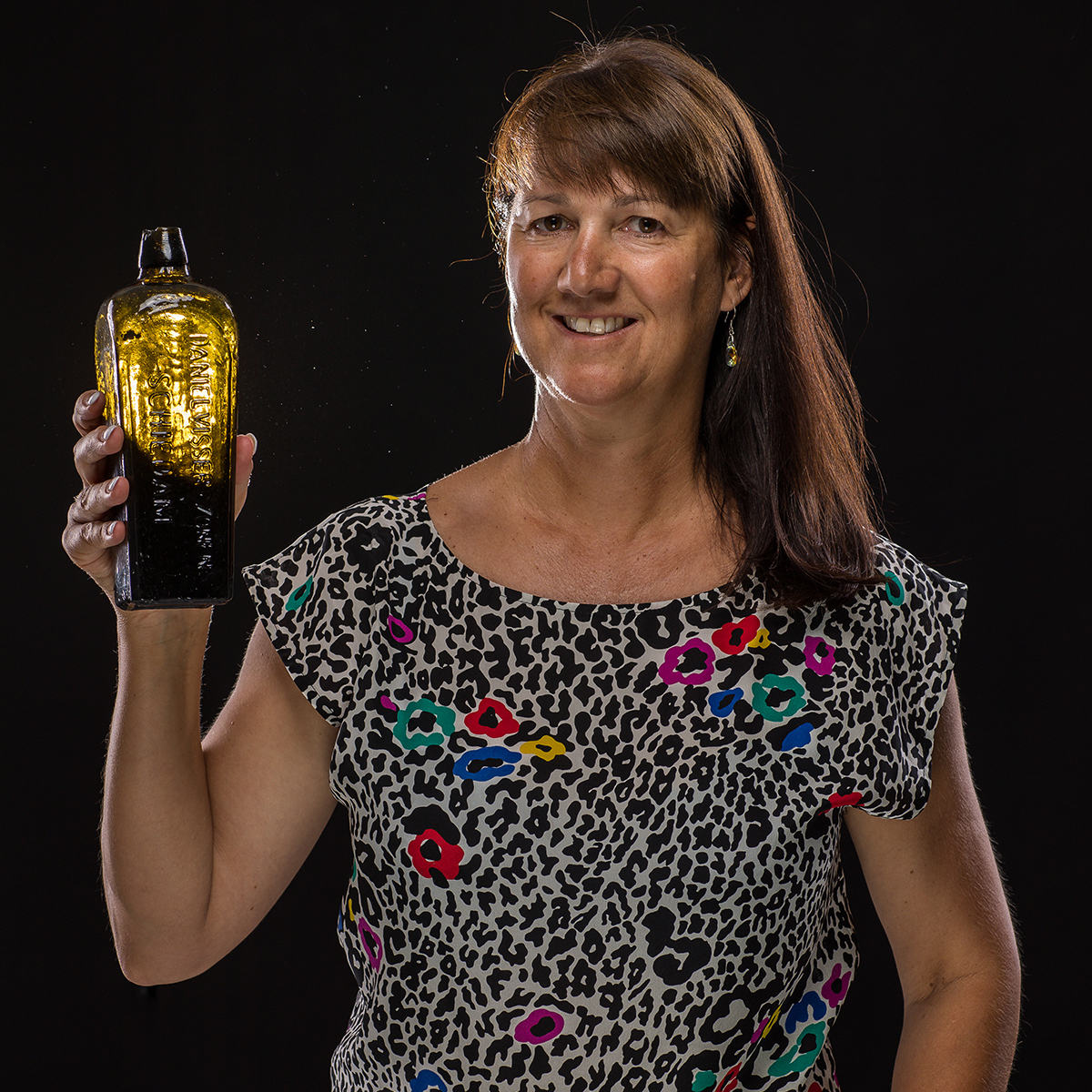
On Sunday, January 21st, 2018, Lancelin and Perth resident Tonya Illman came upon a bottle on a beach-side sand dune just north of Wedge Island in Western Australia.
She and friend Grace Ricciardo were walking back to their vehicle when Tonya spotted the bottle. “I picked it up thinking it might look nice on display in my home and when I got back to the car, I handed it to my son’s girlfriend, Bree Del Borrello, to mind while I helped my husband get my son’s car out of the soft sand,” explained Tonya.
Bree noted there was no lid on the bottle and peering inside, caught a glimpse of what she initially thought was a cigarette. After upending the bottle, she discovered a neatly rolled, damp note, tied with a piece of string, and covered in fine Wedge sand.
“There was a lot of anticipation among the party as to what the ‘message in a bottle’ might say but it was too wet to open without damaging the note, so we took it back to Lancelin and placed in a warm oven for a few minutes to dry it out,” said Tonya.
A short time later, Tonya unraveled the note in front of her family and the Ricciardos. It was immediately apparent that the note was old, very old. It was printed on both sides and the text was perfectly legible. The handwritten information in ink had badly faded and wasn’t noticed until the next morning when the note was completely dry.
The note itself measured 200mm x 153mm. It was rolled tightly and secured with some twine. Tonya carefully untied the twine and unrolled the note. “You could clearly see where the twine had made indents into the paper.” explained Tonya. “This suggested to us that it had been in this state for a very long time. “The first thing that caught my eye was the year field, 18__.” confessed Kym. “It seemed totally unlikely to us that the note and bottle could have lasted that long and then be so easy to find”.
Kym’s basic German language skills enabled him to get the gist of the note i.e. a bottle was thrown overboard on a certain date, at the noted co ordinates by a ship en route from A to B. The finder was asked to provide details on the back of the note outlining where and when it was found and then return the note to the agency conducting the research or the nearest German embassy.
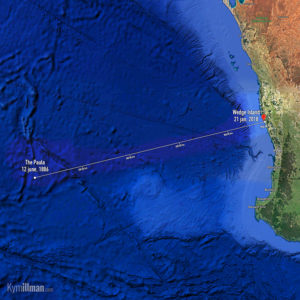
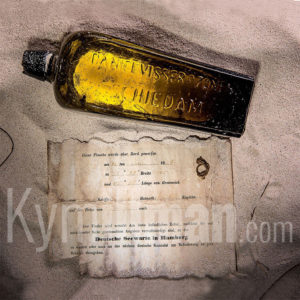
“I could easily make out the day and month, June 12th but the year was harder to decipher.” claimed Kym. “We had to wait a week before we had confirmation it was 1886.” This meant the note was out of human hands for 131 years and 223 days. The coordinates (32.49 and 105.25) were also easy to see. “Sud” (south) was visible next to 32.49 but it was difficult to make out the text after 105.25. If it was “Ost” (east) then the bottle was tossed overboard around 900kms west of Mandurah in WA. This would have meant a journey of some 950 kilometres from boat to Wedge Island beach. If it was West, the bottle would have been tossed overboard somewhere west of South America.
The rest of the handwriting was harder to decipher. Kym could make out the letters “aula” and guessed the ship might be Paula. The Assistant Curator, Maritime Archeology at the WA Museum, Ross Anderson was contacted 2 days after the find and a day after that he sent through some good news, saying he had located a boat of that name listed in the Lloyds Register 1883 (there were no registers for 1884 -1886), but it’s home port was listed as Marseille, France. This was confusing as the Heimath (home port) field on the note had a town/city that clearly started with an E.
The ship would have been suitable for an Indian Ocean voyage and could well have been sold after 1883 to new owners and moved to a new home port. It was listed as a 320-ton gross sailing barque, iron frames with timber planking, felt and yellow metal sheathing, built in Lormont, Bordeaux, France, in 1859, owners L. Daver, Master Serett.
German maritime historian Christine Porr (who also works at the WA Museum) then advised the Illmans that she’d heard from Germany that her contact had found mentions of the Paula, along with the captain’s name (O Diekmann), in an 1887 Journal held by the National Meteorological Service of the Federal Republic of Germany.
This clearly proved that a) the boat had the notes on board with one already being returned to Deutsche Seewarte in Hamburg, and b) the boat was in Macassar 11 days after the note found by Tonya was tossed overboard.
Here’s a mock up of what the original note might have looked like at the time of it being tossed overboard.
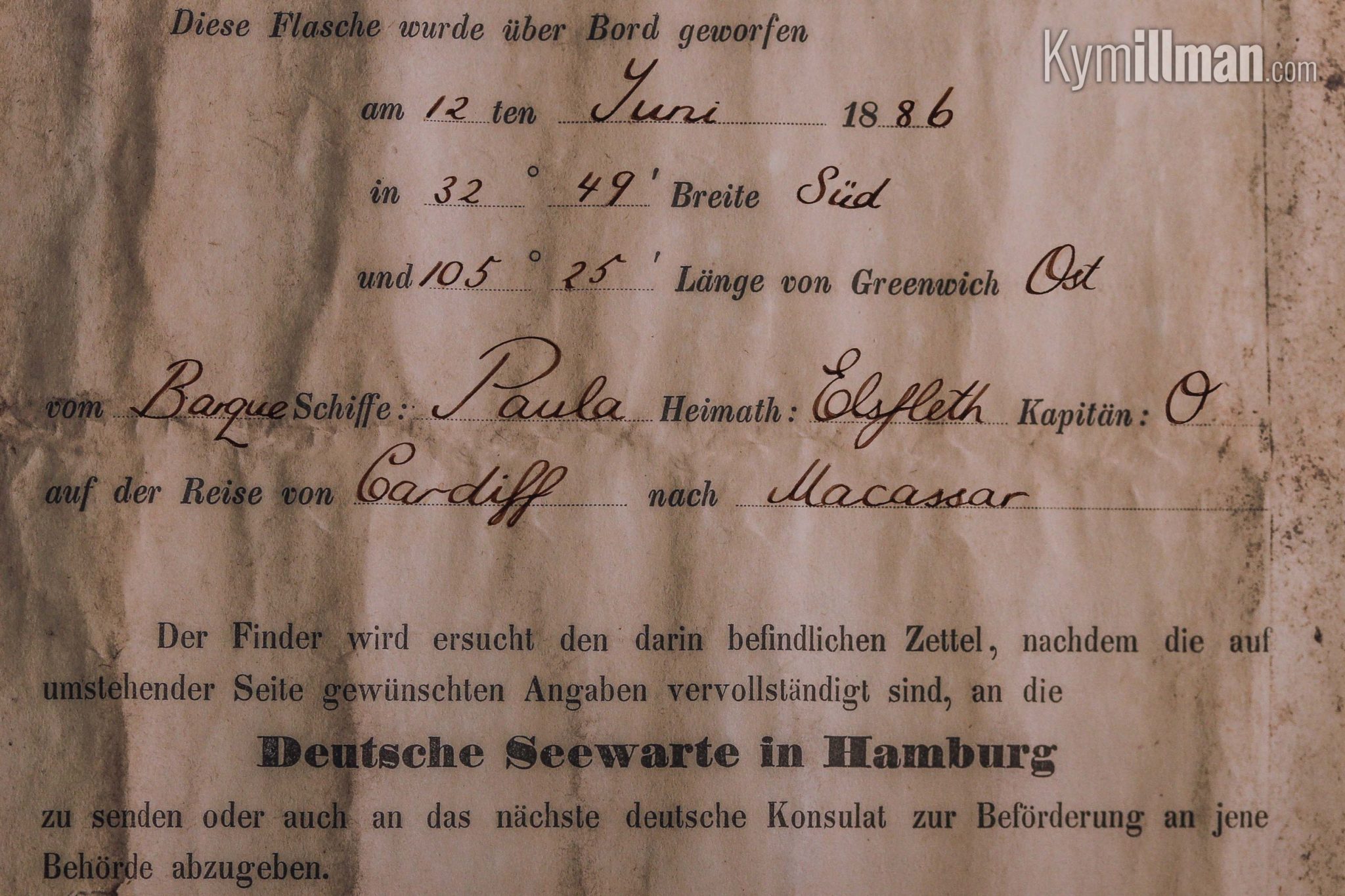
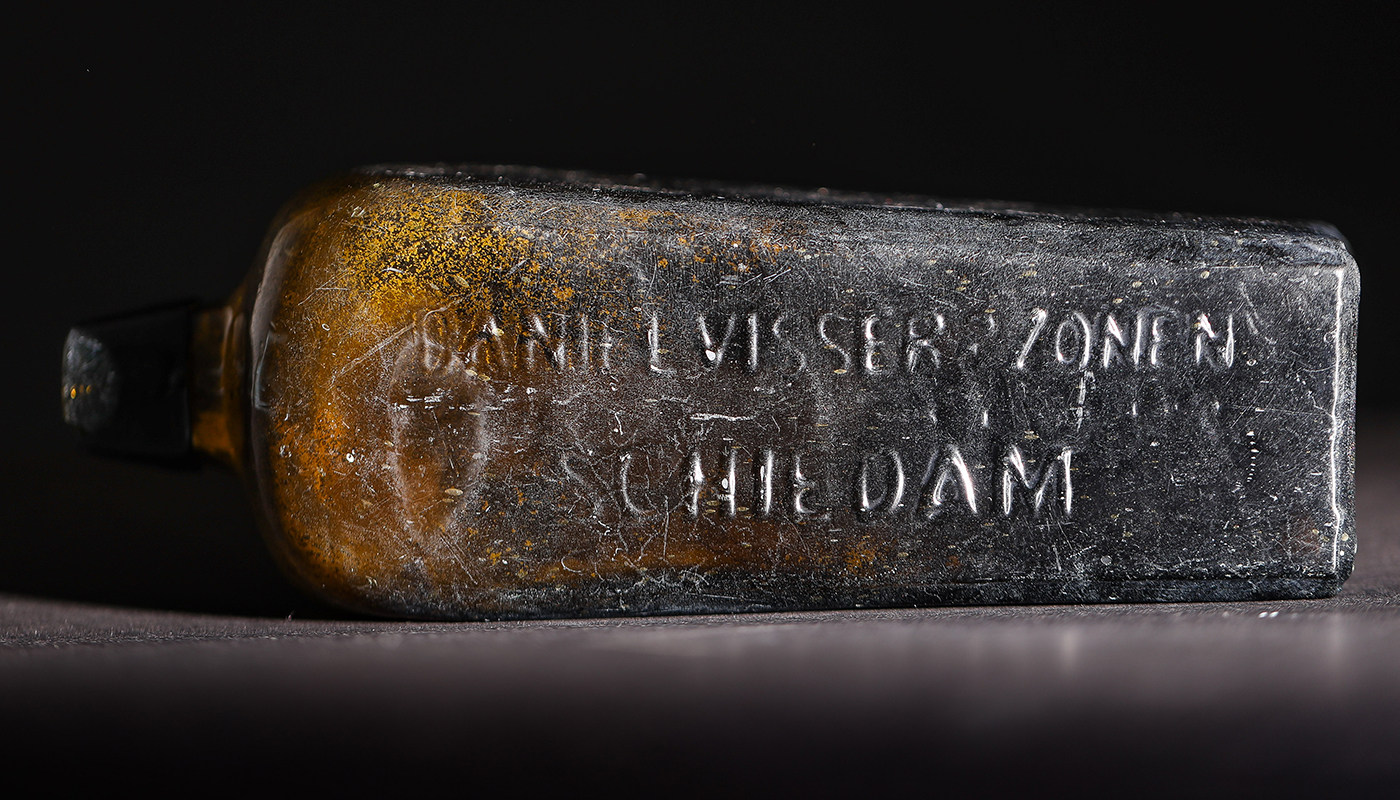
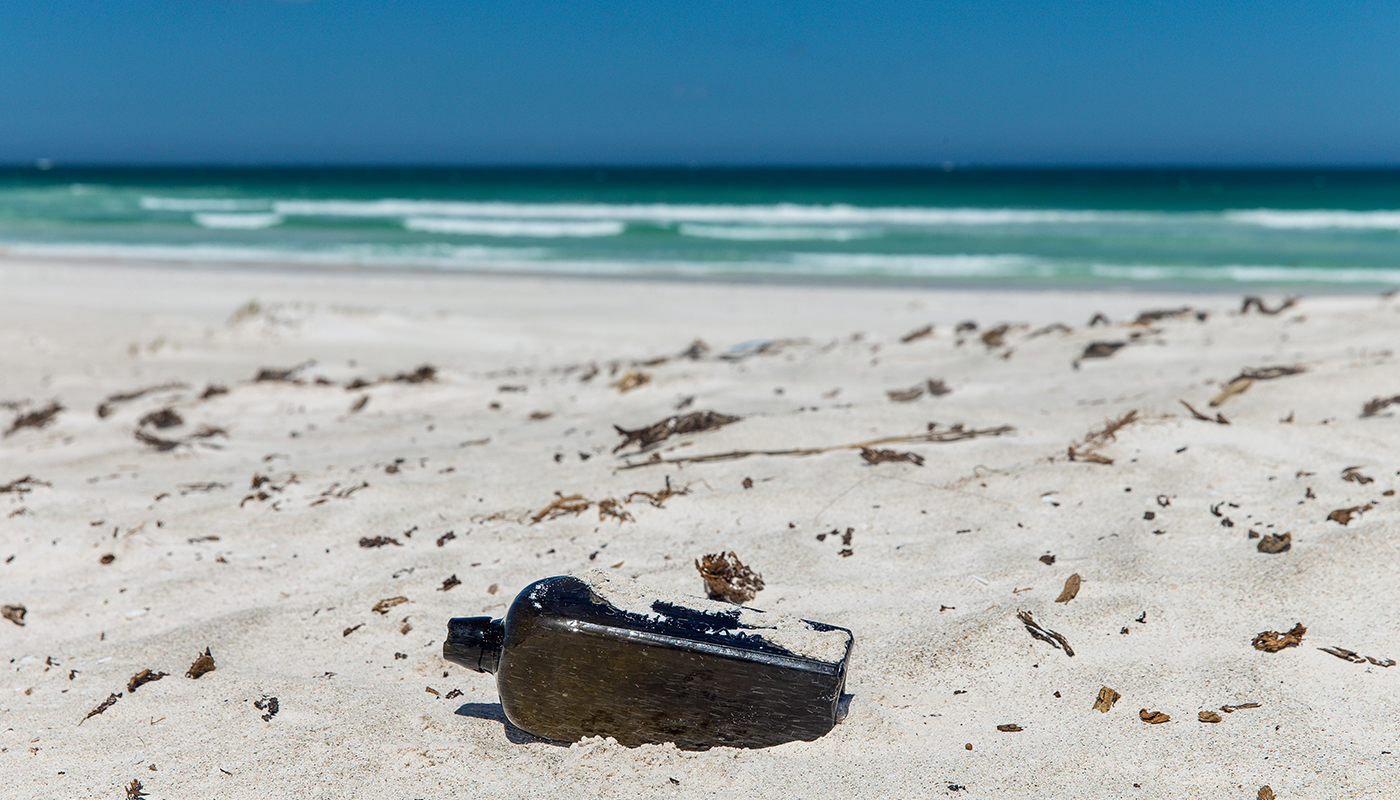
“With extraordinary finds, you need extraordinary evidence”. Ross Anderson, Asst Curator, Maritime Archeology, WA Museum
The bottle itself was squarish with an embossed logo; Daniel Visser and Zonen, Schiedam. It was hand blown into a model much like these bottles. When found it had no cork or wax cover. The note stated the bottle was thrown from the German barque Paula while on a voyage from Cardiff, Wales to Macassar, Dutch East Indies which is now known as Indonesia. This was corroborated by Paula’s original meteorological journal (above left) held by the National Meteorological Service of the Federal Republic of Germany, which contained an entry recording the throwing of a bottle overboard by Captain O. Diekmann on 12 June 1886 at the exact co-ordinates on the note while on a voyage from Cardiff to Macassar. This confirmed that the hard to read text on the note after the 105.25 co-ordinate, was “Ost” (east).
The handwriting in Paula’s Meteorological Journal was identical to the handwriting on the message note. It should be noted that the National Meteorological Service of the Federal Republic of Germany has some 37,000 journals and without it, confirming the authenticity of the Illman’s note would have been much more difficult.
The German Maritime and Hydrographic Agency have confirmed the type of message, wording and printing layout on the note are identical to comparable examples of messages held in their archives for the year 1886, relating to a long-term program investigating global ocean currents.
Assessment of the paper by WA Museum paper and textile conservators revealed that “while exact dating of paper is not possible, the paper fabric and coloration appears consistent with cheaply-made 19th century paper. The yellowing of the paper and fading of the ink are likely to be due to a combination of age, ink type, dampness and natural paper acidity.”
All of this evidence led The German Maritime and Hydrographic Agency to be able to confirm that the find appears to be genuine, and is unlikely to be a forgery.
Guinness World Records also agreed and on Thursday March 8th, 2018 they updated their records noting Tonya Illman as the new holder of the Oldest Message In A Bottle world record. The new record of 131 years, 223 days eclipsed the previous record by more than 23 years.
Some 6 months later, Tonya and Kym took the note and bottle to Hamburg at the request of the German Weather Service and the the Maritime Museum.
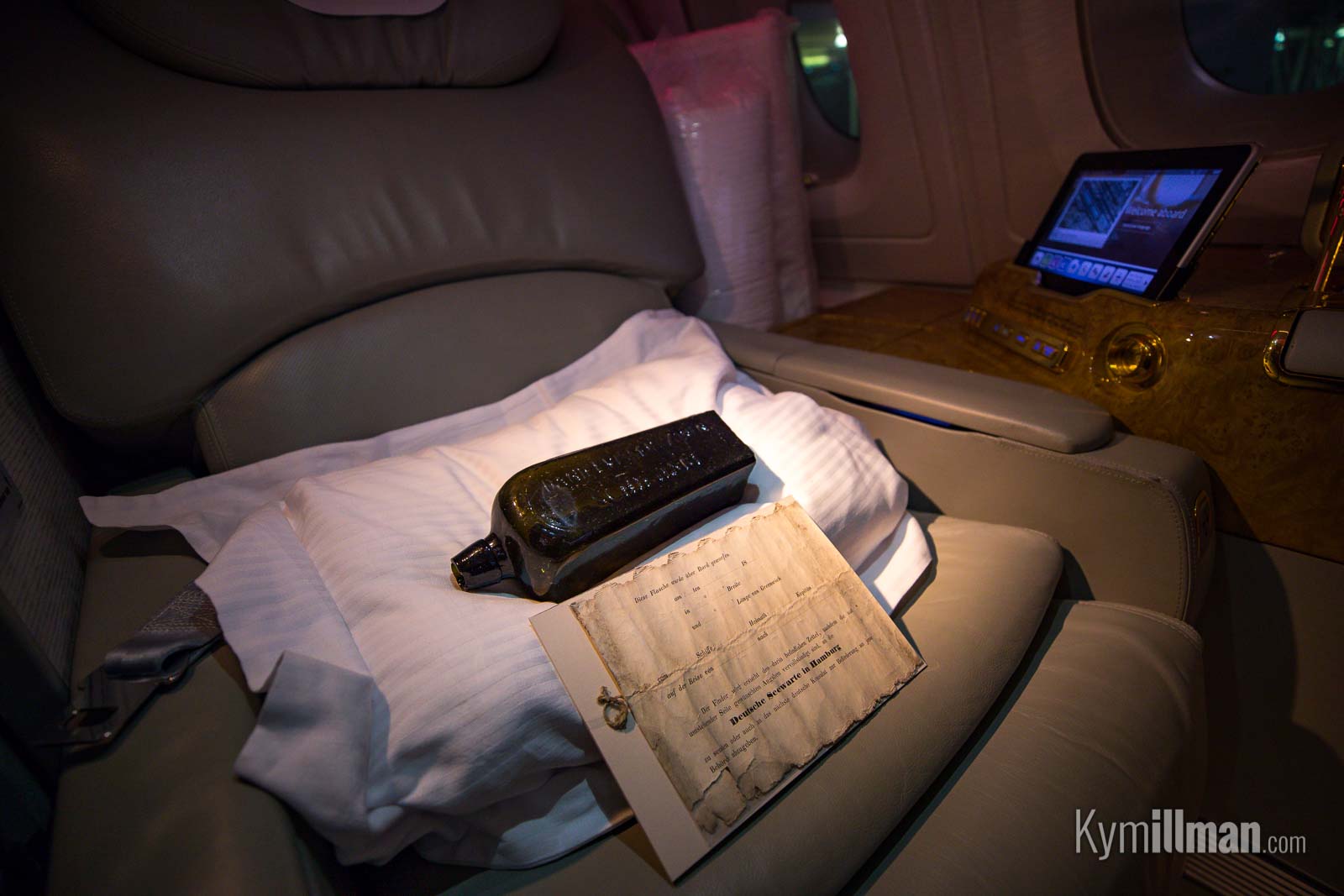
The bottle and note were presented to the media on July 25th, 2018 and then put on display for a day alongside the original journal from the Paula and a painting of the ship.
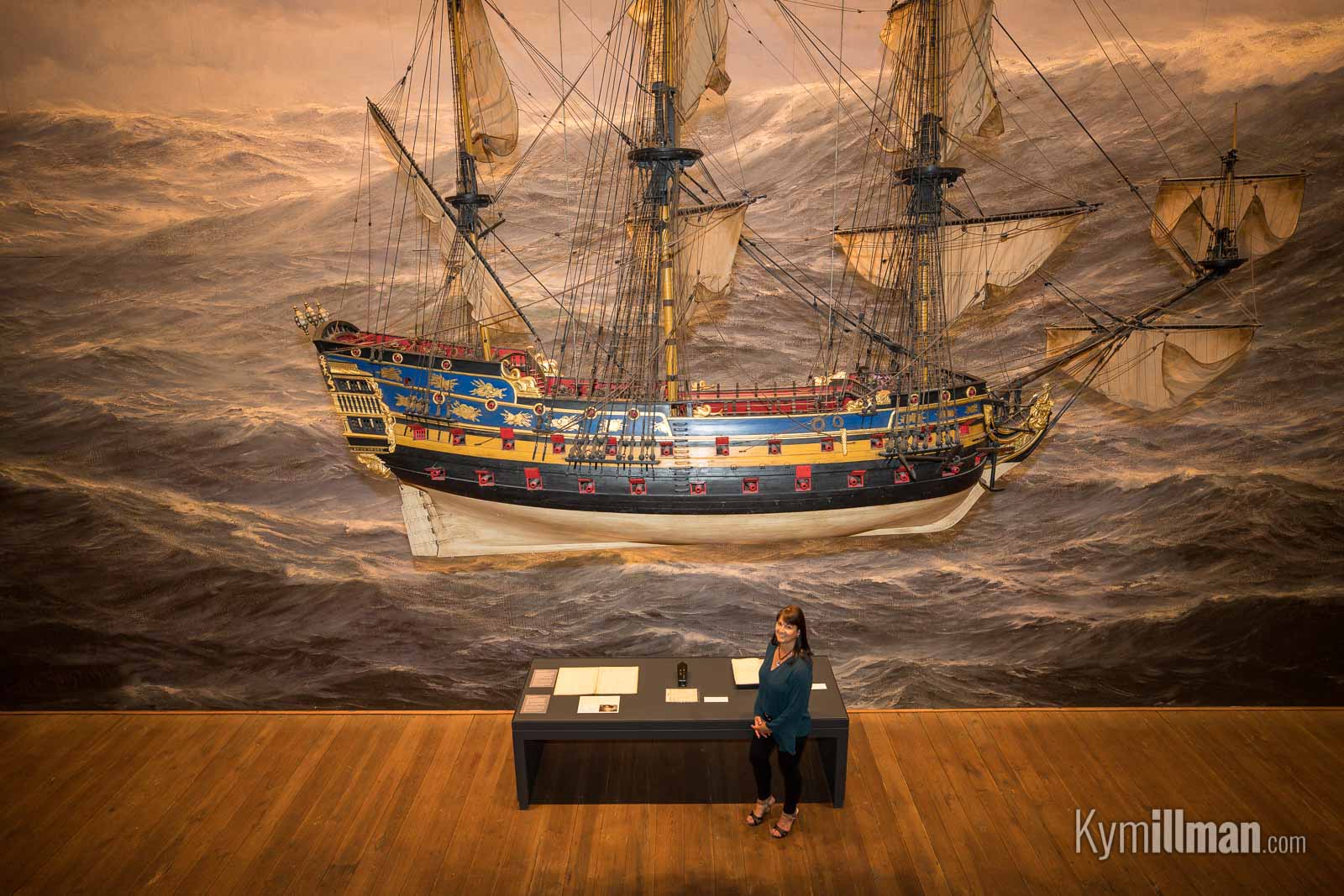
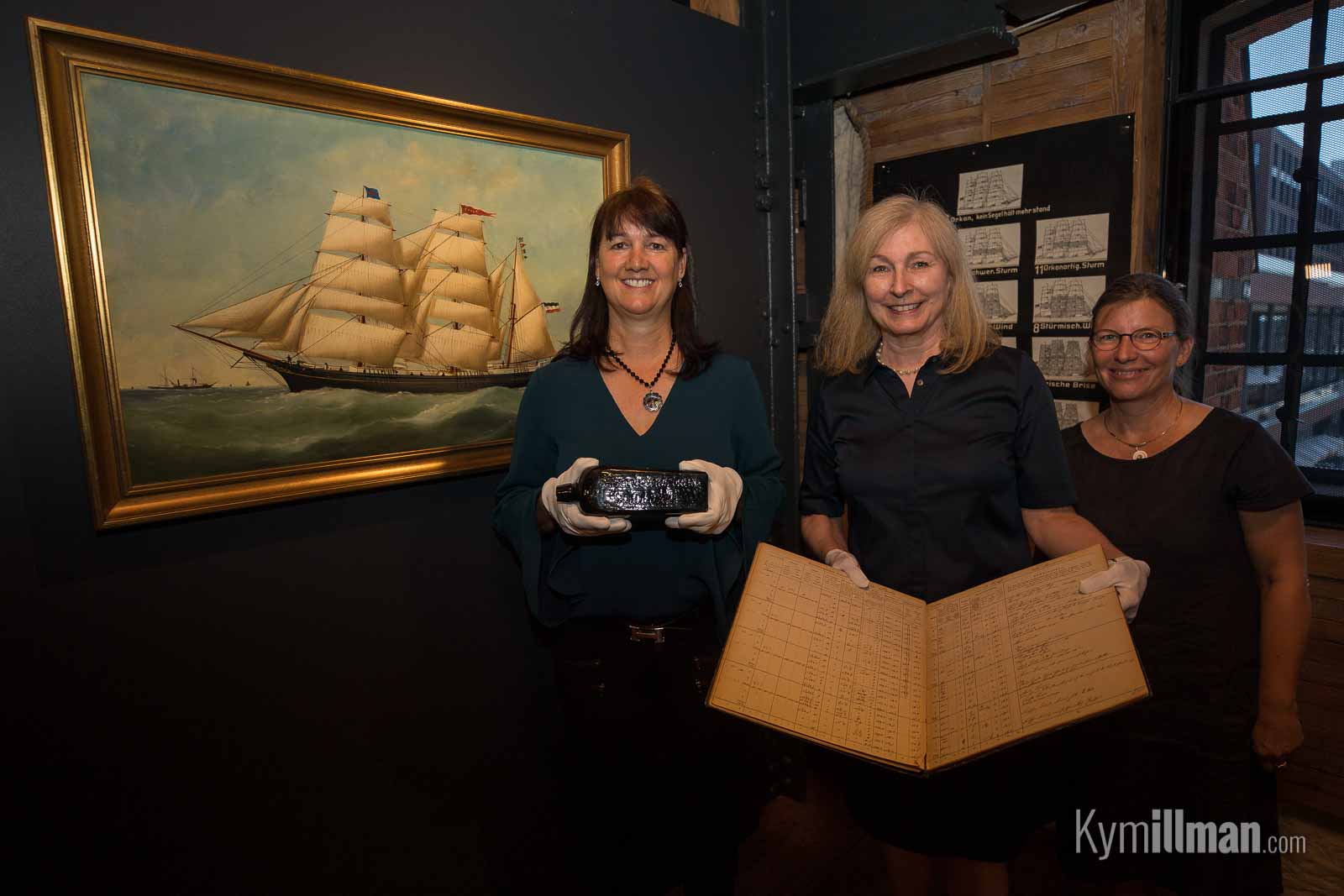

“On our note we could see that the home port (Heimath) appears to start with an E,”
Having noted the home port was listed as Marseille on the 1883 Lloyds Register the Illmans it wasn’t until January 25th that Dr Stephen Gapps of the Australian National Maritime Museum found a reference to the Paula in the Registrar Veritas for 1886.
It had “Haverkamp” as the captain; however, it is now known that O Diekmann took over after him. Importantly, it confirmed the port of registry being Elsfleth, Germany.
The “vom” field had the Illmans stumped for a couple of days too, however, Tonya worked out that the word “dampf” was used in that field on the two Deutsche Seewarte forms she had found online. This form only differed from the Illmans by the year (189… instead of 18…) and the “Form I 2” in the bottom corner.
Dampf is German for “steam”, the method of power, but the Paula was a sailboat and after a few minutes searching for other German words for “sail ship” it became clear that it was a “Barque”. “We should have realised this the day prior when Ross (from the WA Museum) mentioned “German barque” in one of his emails” said Kym.
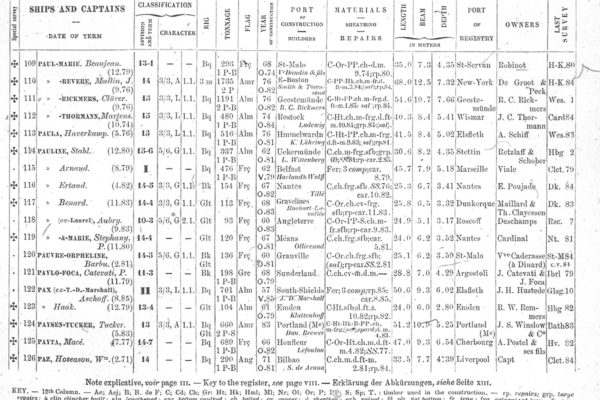
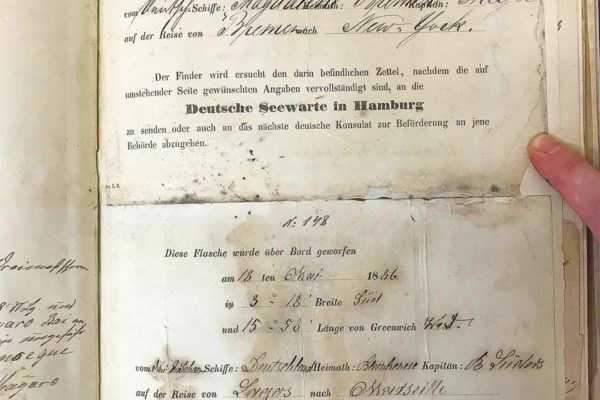
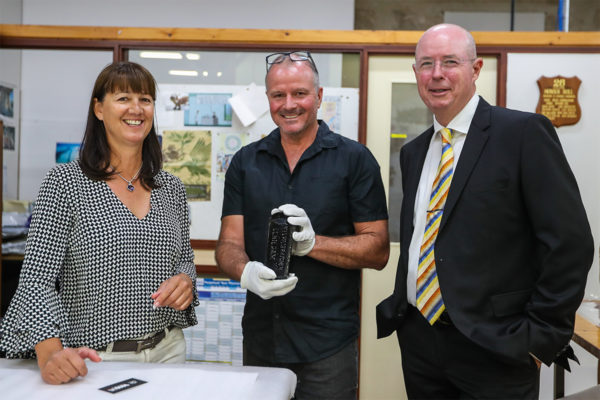
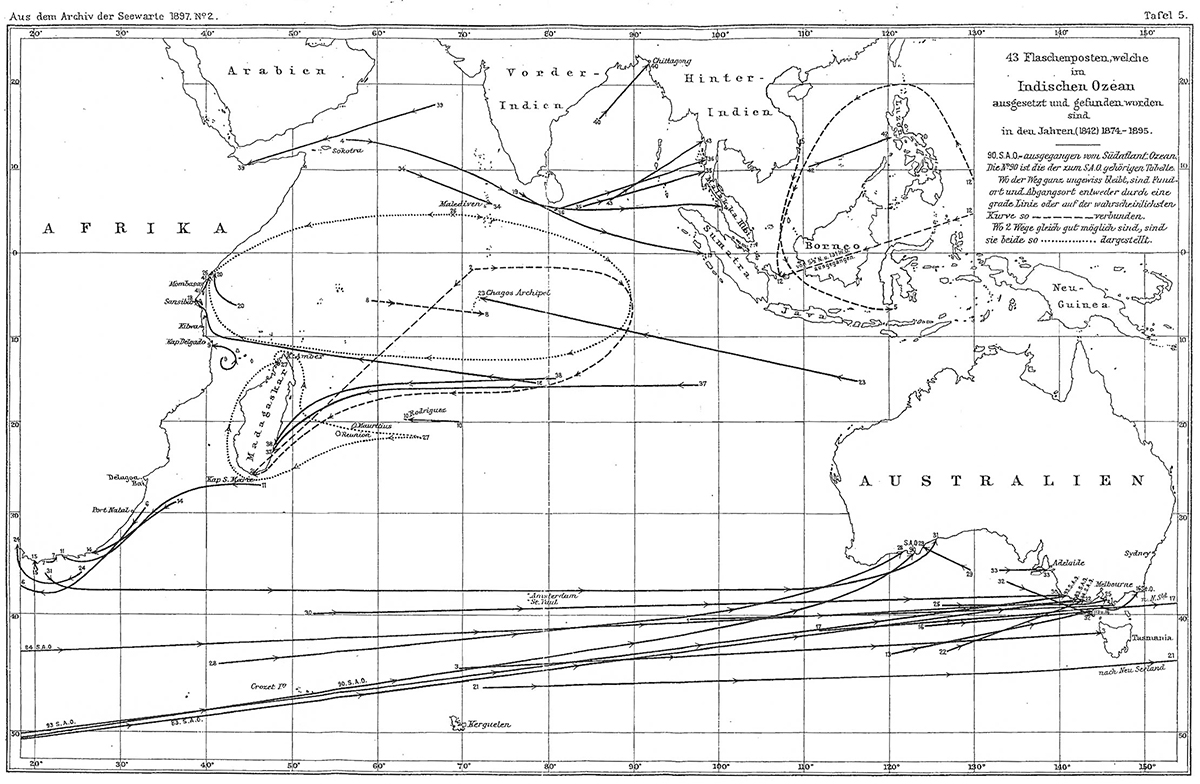
“der Reise von” means “the journey from”, which Kym read as Cardiff. The destination wasn’t clear until Ross Anderson found it was Macassar; it was probably carrying coal, Cardiff’s main export at the time. There was also another reference to the ship in the South Australian newspapers on May 21st, 1881. The ship was becalmed and needed provisions, albeit 5 years prior to this bottle being thrown overboard.
Deutsche Seewarte in Hamburg was the organisation that provided the note. The German text asked the finder to fill in the back of the form with the details of where and when it was found (January 21st, 2018 at 5.45pm AWST at LAT: 30.79 LONG: 115.19) so that they could establish global current patterns.
Deutsche Seewarte changed names a couple of times and is now known as the Federal Maritime and Hydrographic Agency. The head librarian there, Martina Plettendorff, was involved in the search for evidence from very early on and proved to be enormously helpful. It was clear that their organisation was as excited as the WA museum and the Illmans.
Only 10% of the thousands of bottles thrown overboard during this decades-long research program were ever found but from that information, drift maps were produced. Above is the map for the Indian Ocean which doesn’t include the Illman’s bottle’s route.
The noticeable point here is that all of the bottles that washed up on Australian soil, did so on the southern coast making this bottle the only one to have been discovered on the west coast. The last Deutsche Seewarte bottle to be found was in Denmark on January 7th, 1934.
The bottle was made by Daniel Visser and Zonen, Schiedam and was thought to have originally held gin or “genever”. The WA Maritime Museum contacted their Dutch archeologist who said, “The starting point of production of this specific type of gin bottle is c 1880 (typical tapered shape of the rim). The oldest once (sic) are quite angular, just as older types. The later ones have a more rounded shoulder. The development from angular to round takes about 20-30 years and is gradual. Your bottle should be places (sic) somewhere in this development”
Remarkably the bottle had no lid on it when found about 50m east of the high water mark in the Wedge Island dunes. It was half sticking out of the sand, with the neck of the bottle slightly raised in an area with some exposed rubbish around it. The bottle was about 1/3rd filled with moist sand and the scrolled note was on top of the sand. This area of the Wedge dunes would not have seen many cars through it in the days prior to the find and few, if any, people would have walked through the area.
In the lead up to the find, heavy rain and strong winds associated with a cyclone in the north of the state may have led to the lid-less bottle being exposed.
It took about 3 weeks of research and emails flying across the world to get to the point where the German Maritime and Hydrographic Agency was prepared to say that it was indeed one of their original forms.
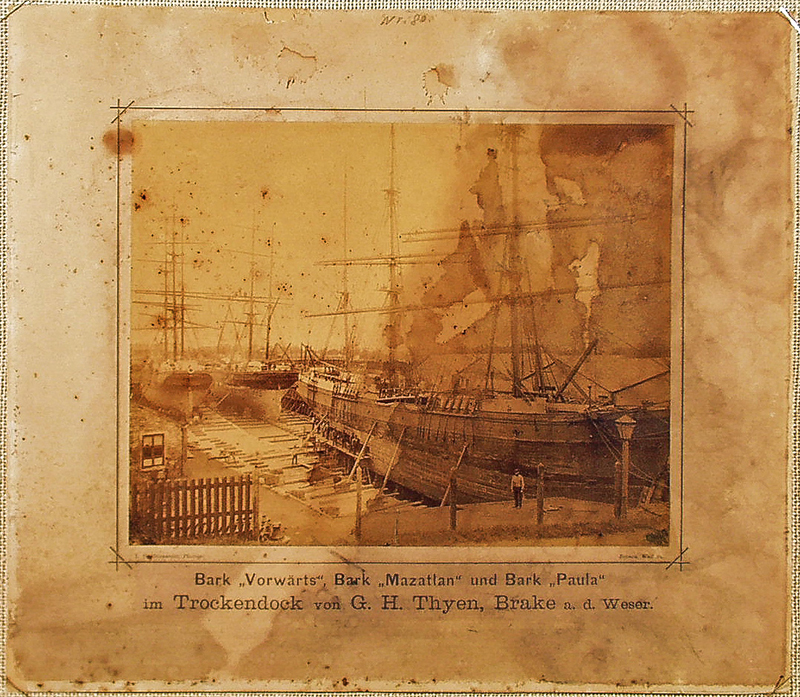
It is truly a miracle that the bottle survived a 950km sea voyage and then sat untouched in the dunes for probably 100+ years. When Guinness World Records confirms the Illman’s find as the “oldest message in a bottle”, it will beat the existing 108-year record by more than 23 years.
The WA Museum produced a thorough review of the evidence which makes for fascinating reading.
The Australian National Maritime Museum have also provided a summary of evidence.
The find was made public on Tuesday March 6th at a press conference at the WA Maritime Museum with a copy of the front and back of the note presented to the Perth German Consul, Torsten Ketelsen.
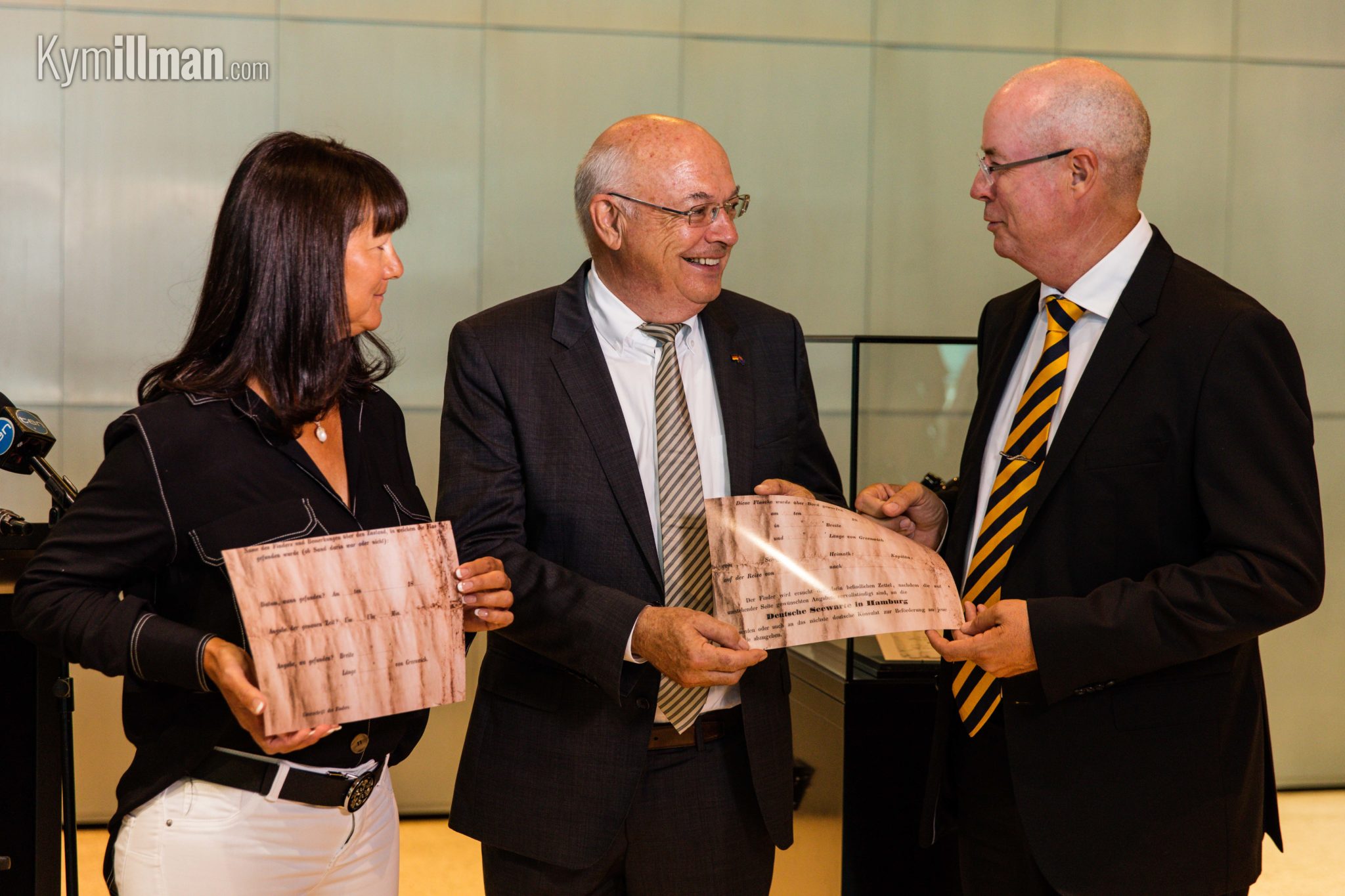
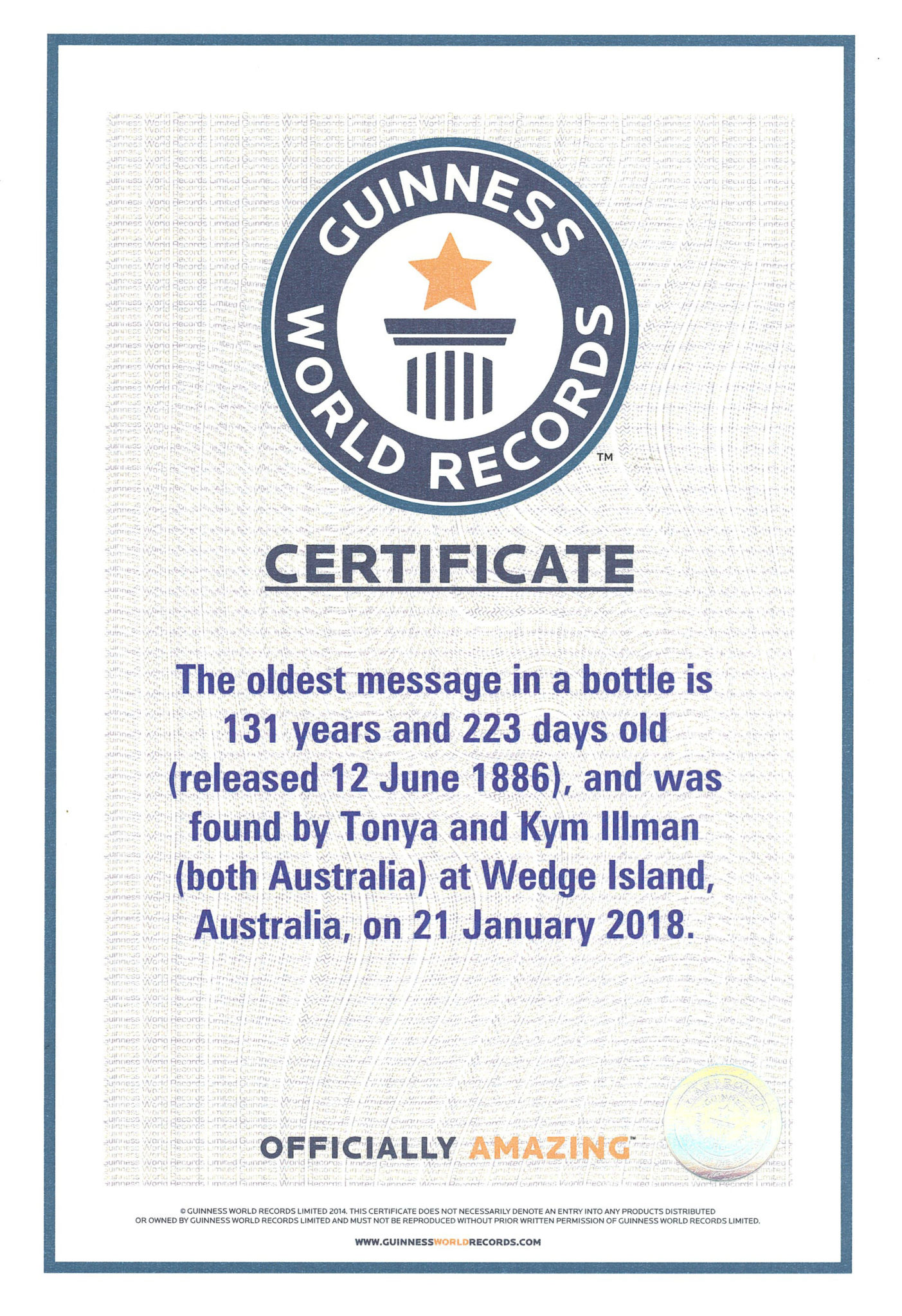
“This has been the most remarkable event in my life. To think that this bottle has not been touched for nearly 132 years and is in perfect condition, despite the elements, beggars belief. I’m still shaking.” – Tonya Illman
“It certainly consumed me for the first week. It was like solving a giant puzzle and now that it’s been confirmed as legitimate, I can’t wait to share our excitement with others.” – Kym Illman
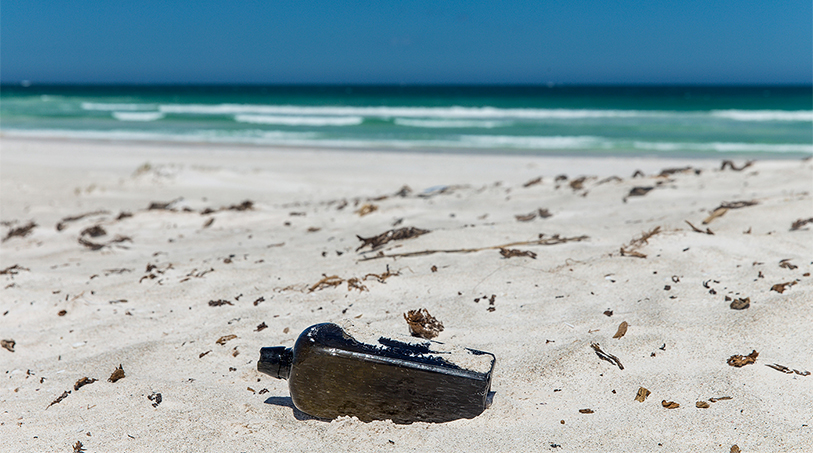
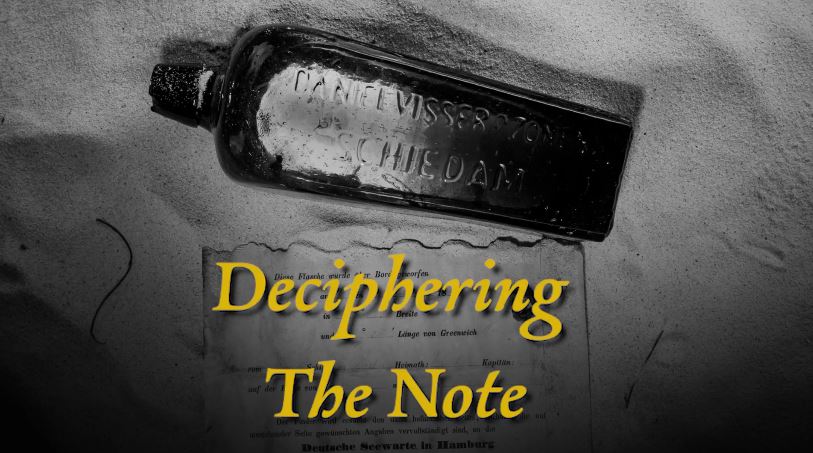
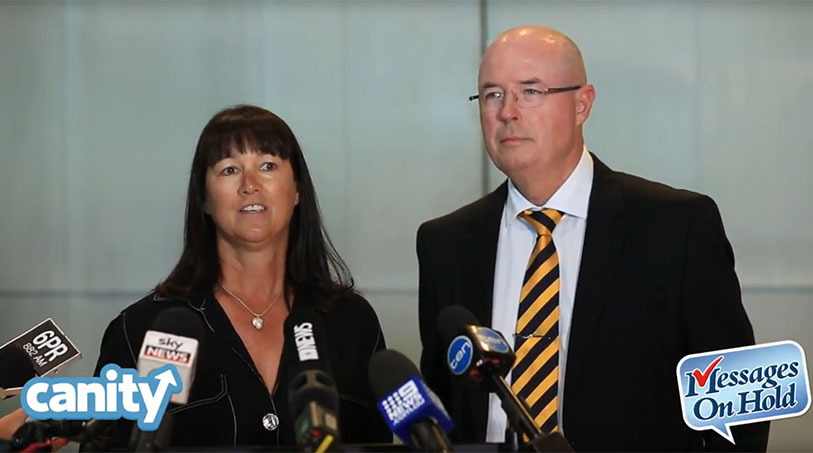
For media enquiries, please email Kym directly: kymillman@messagesonhold.com.au.
All images remain the property of Kym Illman and may not be used without express written permission.